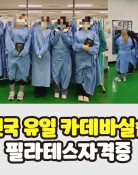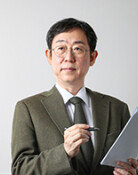[Opinion] Multifunctional Cells
For a long time, using eggs has been a problem in embryonic stem cell research because they are hard to get and they have caused controversy in terms of bioethics. That is why a series of successful experiments that used skin cells instead of eggs in stem cell research both in Japan and the U.S. have created a buzz among scientists.
Japans Kyoto University and the U.S. University of Wisconsin have successfully derived stem cells from the facial skin cells of a white female in her thirties and the skin cells of a baby. These stem cells are a perfect match because they do not result any transplant rejection by using a patients own cells.
There is, however, a limit on their use. The use of cancer-prone genes in the cultivation process raises the possibility of cancer outbreaks. Japanese scientists announced last Saturday that they developed a technology that can drastically cut the prevalence of cancer. Some experts say that they are candidates for the Nobel Prize, and that their research is as great as the invention of airplane by the Wright brothers.
During the process of division and multiplication, all cells specialize themselves. This means that cells or tissues transform themselves to perform assigned work. For example, a fertilized egg is specialized into different tissues like bones, the heart and the skin. Since stem cells can specialize into all kinds of tissues when certain conditions are given, they are called multifunctional cells. They were exactly the cells that Dr. Hwang Woo-seok tried to create. They are called induced pluripotent stem (iPS) cells as opposed to natural stem cells because scientists used non-controversial skin cells instead of eggs to make them.
Behind the success of Kyoto University scientists, there was a selection and concentration support strategy by the Japanese government. It realized that an even distribution of financial support for research to all universities is inefficient and decided to focus on Kyoto University, which was most advanced research institution in regenerative medicine, giving it 58 billion won over five years. Koreans talk balance and equality in every sector, but success hardly follows without selection and concentration. A good example is the Brain Korea 21 Project that did not bring any international research results due to even distribution and caused grievances among disqualified universities.
Heo Mun-myeong, Editorial Writer, angelhuh@donga.com







